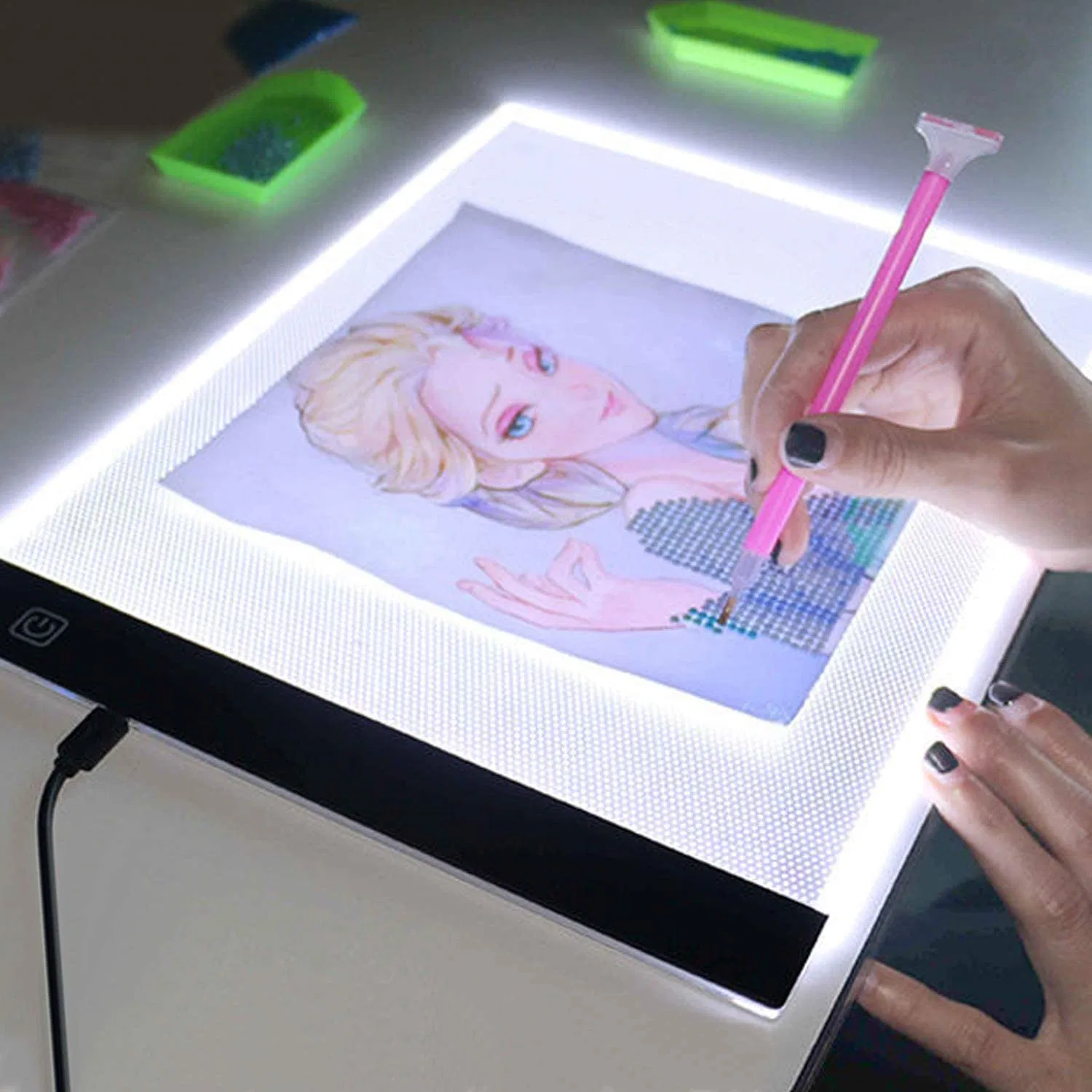
Transparent boards are innovative tools that have transformed how educators and students interact in the classroom. These boards, often made of acrylic or glass, provide a clear surface for writing and drawing while allowing light to pass through. This unique characteristic not only enhances visibility but also creates an engaging environment where students can actively participate in lessons. Transparent boards serve various purposes, from displaying notes and diagrams to facilitating interactive learning experiences. Their rise in popularity in educational settings is due to the growing demand for more versatile and engaging teaching methods. In today’s digital age, these boards are often integrated with technology, further enhancing their functionality. By allowing students to see through the board, educators can foster a sense of transparency and openness, which encourages collaboration and creativity. This guide will delve into the different types of transparent boards, their benefits, and how to choose the right one for your learning environment.
Types of Transparent Boards
Transparent boards come in various types, each designed to cater to different needs and preferences in educational settings.
Acrylic Boards
Acrylic boards are lightweight and durable, making them a popular choice for classrooms. They are shatter-resistant and can be easily cleaned, which is essential for maintaining a hygienic learning environment. Acrylic boards often come in different thicknesses and sizes, allowing schools to choose the right fit for their space. Additionally, they are available in various colors, which can add a vibrant touch to classrooms.
Glass Boards
Glass boards are another popular option, offering a sleek and modern aesthetic. They provide a smooth writing surface that does not stain or ghost, ensuring that the board remains clear and professional-looking over time. Glass boards are heavier than acrylic but are known for their durability and elegant design. Many models also feature magnetic surfaces, allowing educators to attach materials easily.
Interactive Transparent Boards
Interactive transparent boards combine traditional board functionality with digital technology. These boards often come with touch-screen capabilities, enabling teachers and students to interact with displayed content. This type of board enhances engagement by allowing real-time collaboration and multimedia presentations, making lessons more dynamic and impactful.
Benefits of Using Transparent Boards
The use of transparent boards in educational settings offers numerous advantages that enhance the overall learning experience.
Enhanced Visibility and Engagement
Transparent boards allow students to see content clearly, regardless of their seating position in the classroom. This improved visibility helps keep students engaged, as they can easily follow along with lessons. The transparency also fosters a sense of inclusivity, as everyone can contribute ideas and interact with the board.
Versatility in Teaching Methods
Transparent boards are highly versatile, accommodating various teaching styles. Educators can use them for traditional lectures, group discussions, and interactive activities. Their adaptability allows teachers to switch between writing, drawing, and displaying digital content seamlessly, catering to diverse learning preferences.
Easy Maintenance and Durability
One of the significant advantages of Transparent board is their easy maintenance. Both acrylic and glass boards can be cleaned with standard cleaning solutions, preventing the buildup of dirt and stains. Their durable materials ensure that they withstand daily use, making them a long-term investment for schools and institutions.
How Transparent Boards Improve Collaboration
Transparent boards play a crucial role in fostering collaboration among students, which is essential for effective learning.
Encouraging Group Work and Brainstorming
These boards provide a communal space for students to gather, share ideas, and brainstorm solutions to problems. The transparency allows all participants to contribute without feeling overshadowed, as everyone’s input is visible. This encourages teamwork and helps students develop essential communication skills.
Visualizing Ideas in Real-Time
Using transparent boards, students can visualize their thoughts and ideas instantly. They can draw diagrams, write notes, or create mind maps, which helps reinforce their understanding of the material. This real-time visualization enhances critical thinking and problem-solving skills, as students can see the connections between different concepts.
Choosing the Right Transparent Board
Selecting the right transparent board for your classroom can significantly impact its effectiveness.
Factors to Consider (Size, Material, Features)
When choosing a transparent board, consider the size that best fits your classroom layout. A larger board may accommodate more students but may not fit smaller spaces. Additionally, think about the material; while acrylic boards are lightweight and affordable, glass boards offer a premium look and feel. Features like magnetic surfaces or touch-screen capabilities can also enhance usability.
Recommendations for Different Environments
For classrooms that require frequent movement and collaboration, acrylic boards may be more suitable due to their lightweight nature. In contrast, for a more permanent installation where aesthetics matter, glass boards would be ideal. Consider the specific needs of your environment when making a choice, ensuring that the board complements your teaching style.
Best Practices for Using Transparent Boards
To maximize the effectiveness of transparent boards, educators should follow some best practices.
Tips for Effective Presentations
When using transparent boards for presentations, it’s essential to maintain clarity. Use bold colors and clear handwriting to ensure that all students can read the content easily. Additionally, engage students by asking questions and encouraging them to interact with the board, fostering a collaborative atmosphere.
Integrating Technology with Transparent Boards
To enhance learning, consider integrating technology with your transparent board. Use projectors or interactive software to display digital content, making lessons more dynamic. This combination of traditional and digital teaching methods can cater to various learning styles, enriching the overall educational experience.
Conclusion
Transparent boards are invaluable tools in modern educational environments, offering numerous benefits that enhance teaching and learning. By providing clear visibility and fostering collaboration, they cater to diverse learning needs and encourage engagement. When selecting the right board, consider the type, size, and features that best suit your classroom. As technology continues to evolve, the future of transparent boards looks promising, paving the way for even more innovative teaching methods.

